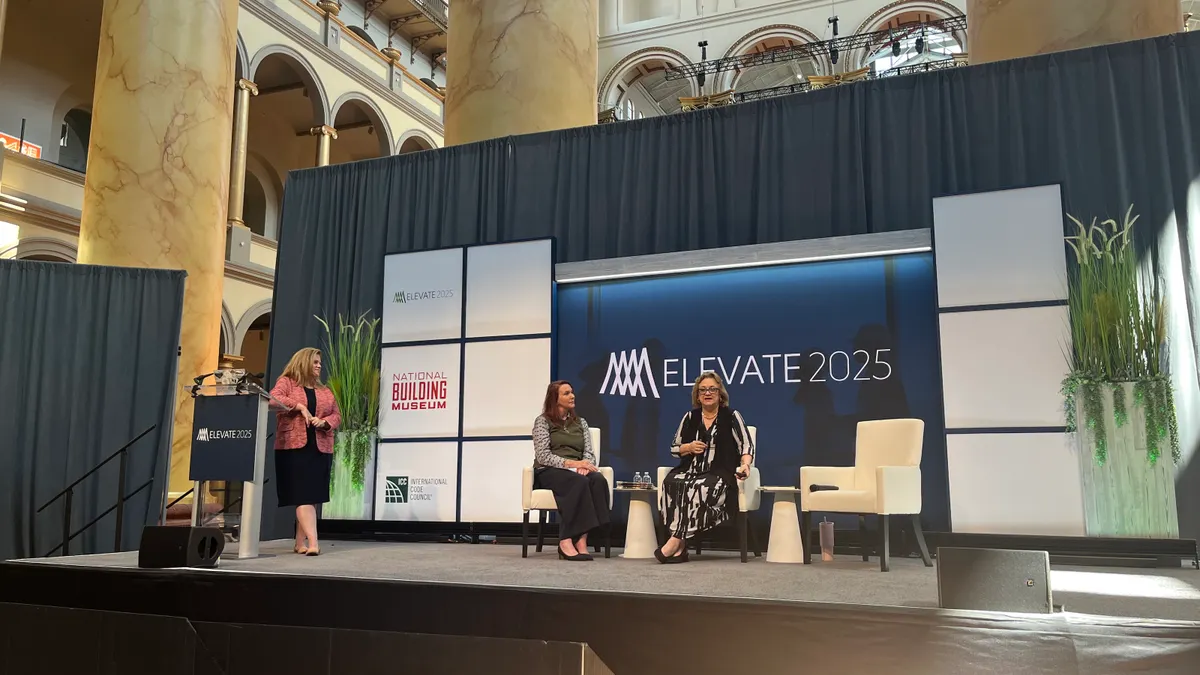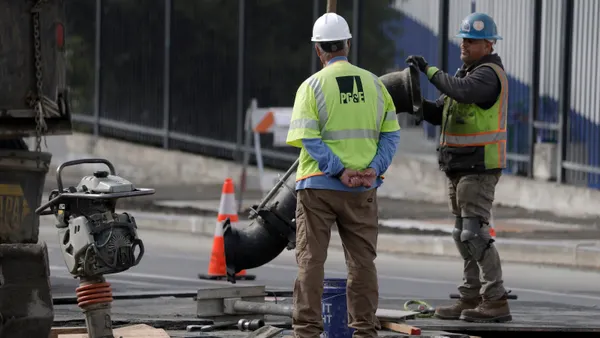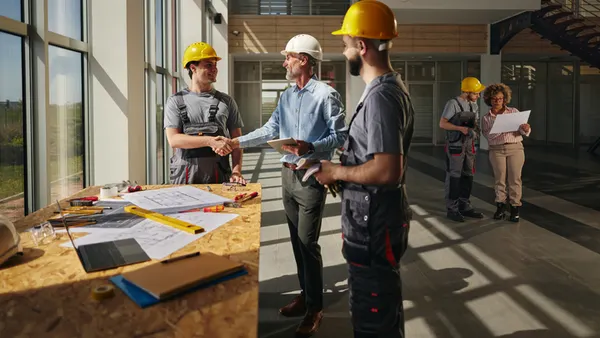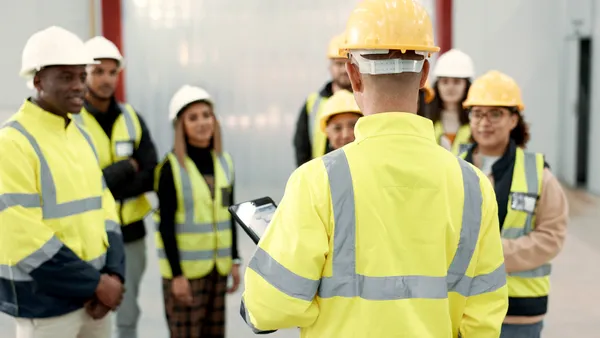WASHINGTON — Shovels cannot break ground if no one’s there to hold them.
Industry leaders stressed that takeaway at the Elevate 2025 conference on Sept. 4 in Washington, D.C., where George Guszcza, president and CEO of the National Institute of Building Sciences, framed the construction workforce crisis as a national security threat.
“When you look across the entirety of the built environment, the gap that is created has risen to the level of a national security issue and requires us, as a country, to look hard, to look deep, to make sure that we are doing what is necessary,” Guszcza said.
The discussion at the conference underscored that although many small-scale programs show promise, systemic alignment is still missing.
That will ultimately constrain overall U.S. competitiveness, according to panelists. Without thoughtful retention and recruitment strategies, contractors will struggle to deliver on multibillion-dollar projects tied to reshoring and infrastructure.
For that reason, immigration and visa policy reforms, along with greater recruitment of veterans and women, can be key to help narrow the construction workforce gap.
However, many of the laws around immigration are not easy to understand or navigate, Labor Secretary Lori Chavez-DeRemer said at the event. She added systems in the federal government are largely outdated, which slows the process.
“It was very important to our farmers, ranchers and producers and many others who use any of the H-programs, that they knew how to navigate the system. They need it cheaper and faster,” said Chavez-DeRemer during the event, referring to the visa programs such as H-1B and H-2B. “Those things need to be accessible to the people who are using the systems we have in place.”
Other leaders at the event emphasized untapped talent pools, such as veterans.
For example, programs such as SkillBridge, Hiring our Heroes and new partnerships with home improvement retailer Lowe’s prepare service members and military spouses for construction careers after their years of service, said Elizabeth O’Brien, senior vice president at the U.S. Chamber of Commerce Foundation.
Another proposal called for using national parks as training hubs for service members who enter civilian life, said Tanya Wattenburg Komas, president and CEO of The Concrete Preservation Institute. In the past, that included construction work on sites such as the Pearl Harbor National Memorial in Hawaii and Alcatraz Island in San Francisco Bay.
The approach could spark interest in construction through meaningful projects while easing recruiting challenges. The move could also help address the National Park Service’s $22 billion deferred maintenance backlog, she added.
Yet, retention is a hurdle, said Shirley Albritton, vice president of Department of Defense Programs and Services with the National Institute of Building Sciences.
Nearly half of veterans leave their first civilian job within a year, she noted. For that reason, panelists urged contractors to collaborate across companies so workers who do not stay with one employer remain in the construction industry somewhere else. In other words, the focus should be on keeping veterans in the industry overall, not simply within one firm. Over the long run, that will benefit all contractors.
Nevertheless, the scale of the gap is growing. Women, in particular, remain underrepresented.
The outdated perception of construction as “dirty, difficult, dangerous and dead-end” discourages many from entering the field, said Branka Minic, CEO of Building Talent Foundation. Ellen Thorp, managing director at the Coalition for Sustainable Roofing, added women need role models who demonstrate long-term career options and the integration of career and personal life.
For example, 68% of women report poor leadership is pushing them out of the industry, according to a survey conducted by the National Center for Construction Education and Research and Ambition Theory, a Denver-based group that provides professional coaching and leadership training for women in construction.
The number of open construction jobs increased 26% at the end of July, according to the Bureau of Labor Statistics latest data. That job opening level was the highest in over a year.















